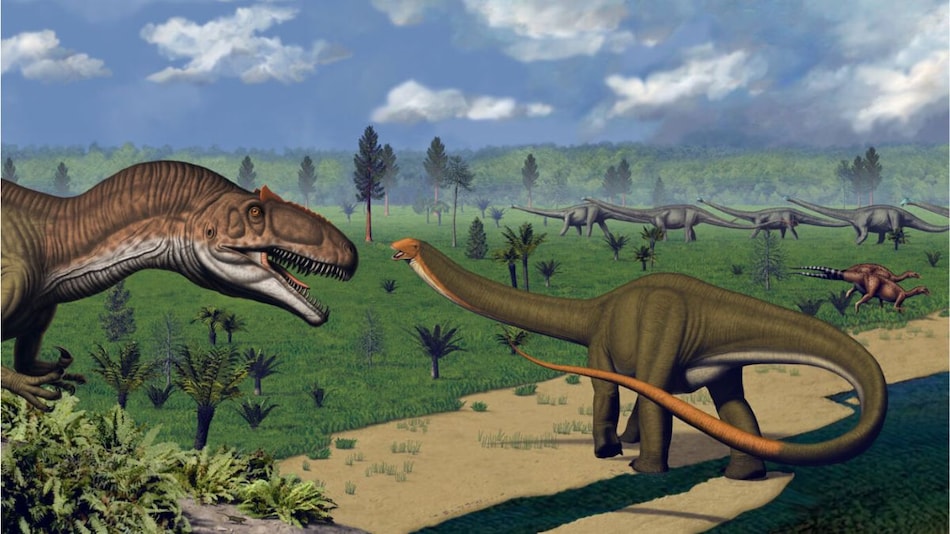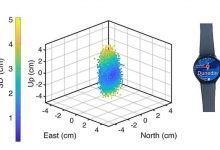New research undertaken by Liam Norris suggests that some herbivorous dinosaurs were selective eaters. They chose their food based on nutrients and textures.

Study of calcium in dinosaur teeth reveals insights into their eating habits and preferred diet parts
Click Here to Add Gadgets360 As A Trusted Source

New research has recently revealed that some of the plant-eating dinosaurs were selective eaters, irrespective of their height, they chose their food based on nutrients and texture. For years, it has been believed that the herbivorous dinosaurs chose their food based on the height they could reach. However, considering the 150-million-year-old teeth, the chemical evidence has pointed towards possessing dietary preferences and indicated a more complex behavior than previously thought. This discovery has certainly challenged the age-old perceptions and findings already.
How Dinos Chose Their Meals
According to the research by Paleontologist Liam Norris and team from the Texas Science & Natural History Museum, the herbivorous dinosaurs possessed varied diets that ranged from soft leaves to tougher twigs. Their analysis of the calcium isotopes suggested variations that revealed the dietary choices. Likewise, the researchers also identified patterns for choosing food. For instance, Camarasaurus were perceived as eating treetop leaves; however, what they actually ate was woody plants. Significantly, the diet of these dinosaurs revealed distinct patterns and how they adapted to the environment to survive.
Decoding the Dino Diets with Calcium Clues
The recent analysis of isotope levels in the dinosaur’s teeth has revealed that Eutretauranosuchus likely consumed fish. At the same time, Allosaurus preferred the flesh of other dinosaurs, but avoided the consumption of bones. Paul Barrett, a dinosaur expert from the Natural History Museum, London, has appreciated Norris and his team for undertaking this analysis and has praised this use of isotopes as a fresh approach to challenge the older revelations. Likewise, Paleontologist Michael Benton called it an innovative approach to prove the fresh analysis; however, the method is challenging, though. Also, he further confirmed that the chemical signs of diet can endure millions of years.








